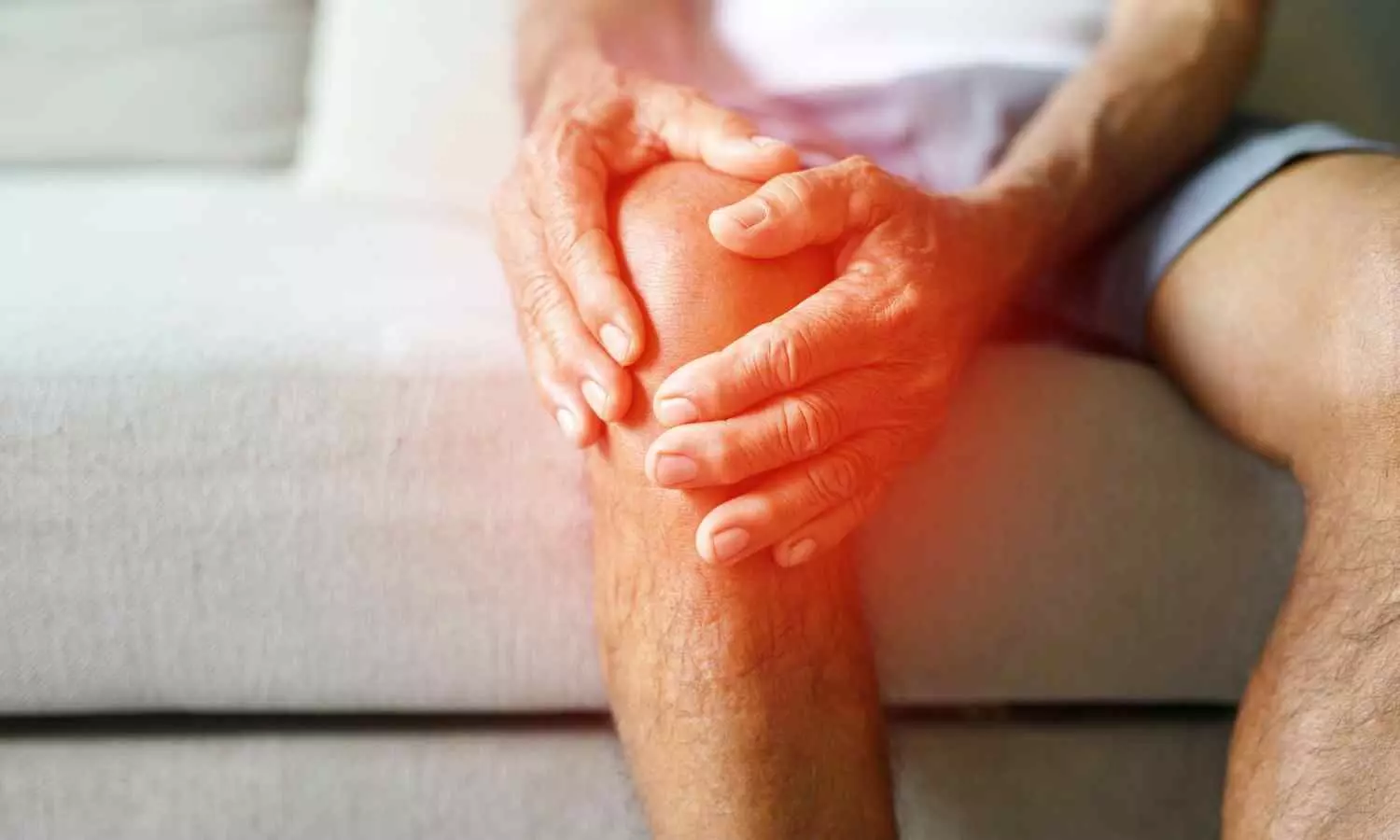Scientists reveal the best exercise to ease knee arthritis pain
- byDoctor News Daily Team
- 27 October, 2025
- 0 Comments
- 0 Mins

People living with knee osteoarthritis may find the greatest relief from aerobic activities such as walking, cycling, or swimming, according to a new study published in The BMJ. Researchers found that these forms of exercise were the most effective for easing pain, improving movement, and enhancing overall quality of life. Although other exercise types can provide added benefits, the researchers emphasized that aerobic activity should remain the foundation of treatment. Osteoarthritis develops when the cartilage cushioning the ends of bones wears down, leading to swelling, stiffness, and discomfort. It can affect any joint, but the knees are most commonly impacted. About 30% of adults over age 45 show signs of knee osteoarthritis on x-rays, and roughly half of them experience significant pain and mobility problems. Exercise is a cornerstone of osteoarthritis care, yet many medical guidelines lack clear direction on which kinds are most beneficial for knee osteoarthritis specifically. To clarify this, researchers analyzed the effectiveness and safety of several exercise approaches. Their comprehensive analysis drew on 217 randomized clinical trials conducted between 1990 and 2024. In total, the research included 15,684 participants and compared multiple exercise categories -- including aerobic, flexibility, strengthening, mind-body, neuromotor, and mixed programs -- against control groups. The trials varied in quality, but the team assessed the strength of the evidence using the internationally recognized GRADE system. They examined several key outcomes: pain reduction, physical function, gait performance, and quality of life. Each was measured at short term (four weeks), mid-term (12 weeks), and long term (24 weeks) follow-ups. Across these studies, aerobic exercise consistently ranked highest in improving outcomes among all exercise types tested. Moderate-certainty evidence showed that, compared with control groups, aerobic exercise effectively reduced short- and mid-term pain and improved function in both the short and long term. It also enhanced gait performance and quality of life over short and mid-term periods. Other exercise forms showed value too. Mind-body workouts likely provided a notable improvement in short-term function, neuromotor exercises likely boosted short-term gait performance, and strengthening or mixed routines improved function in the mid-term. Importantly, none of the exercise types resulted in more adverse events than the control groups, indicating that these therapies are generally safe. The authors did acknowledge some study limitations. Many results came from indirect comparisons, certain outcomes lacked long-term data, and smaller studies may have influenced some early findings. Despite these limitations, the researchers describe their work as one of the most complete and current evaluations of exercise for managing knee osteoarthritis. They believe the findings will help clinicians make more targeted recommendations. Based on the evidence, the team advises aerobic exercise "as a first line intervention for knee osteoarthritis management, particularly when the aim is to improve functional capacity and reduce pain" and say if aerobic exercise is not possible owing to individual limitations, "alternative forms of structured physical activity may still be beneficial." Lei Yan, Dijun Li, Dan Xing, Zijuan Fan, Guangyuan Du, Jingwei Jiu, Xiaoke Li, Janne Estill, Qi Wang, Ahmed Atef Belal, Chen Tian, Jiao Jiao Li, Songyan Li, Haifeng Liu, Xuanbo Liu, Yijia Ren, Yiqi Yang, Jinxiu Chen, Yihe Hu, Long Ge, Bin Wang. Comparative efficacy and safety of exercise modalities in knee osteoarthritis: systematic review and network meta-analysis. BMJ, 2025; 391: e085242 DOI: 10.1136/bmj-2025-085242
Disclaimer: This website is designed for healthcare professionals and serves solely for informational purposes.
The content provided should not be interpreted as medical advice, diagnosis, treatment recommendations, prescriptions, or endorsements of specific medical practices. It is not a replacement for professional medical consultation or the expertise of a licensed healthcare provider.
Given the ever-evolving nature of medical science, we strive to keep our information accurate and up to date. However, we do not guarantee the completeness or accuracy of the content.
If you come across any inconsistencies, please reach out to us at
admin@doctornewsdaily.com.
We do not support or endorse medical opinions, treatments, or recommendations that contradict the advice of qualified healthcare professionals.
By using this website, you agree to our
Terms of Use,
Privacy Policy, and
Advertisement Policy.
For further details, please review our
Full Disclaimer.
Recent News
Scientists discover a hidden antibiotic 100 times...
- 31 October, 2025
Gut microbes may convert fiber into extra calories...
- 31 October, 2025
Who's eligible for faculty appointment? NMC clarif...
- 31 October, 2025
AMU JN Medical College launches code blue emergenc...
- 31 October, 2025
Daily Newsletter
Get all the top stories from Blogs to keep track.


0 Comments
Post a comment
No comments yet. Be the first to comment!